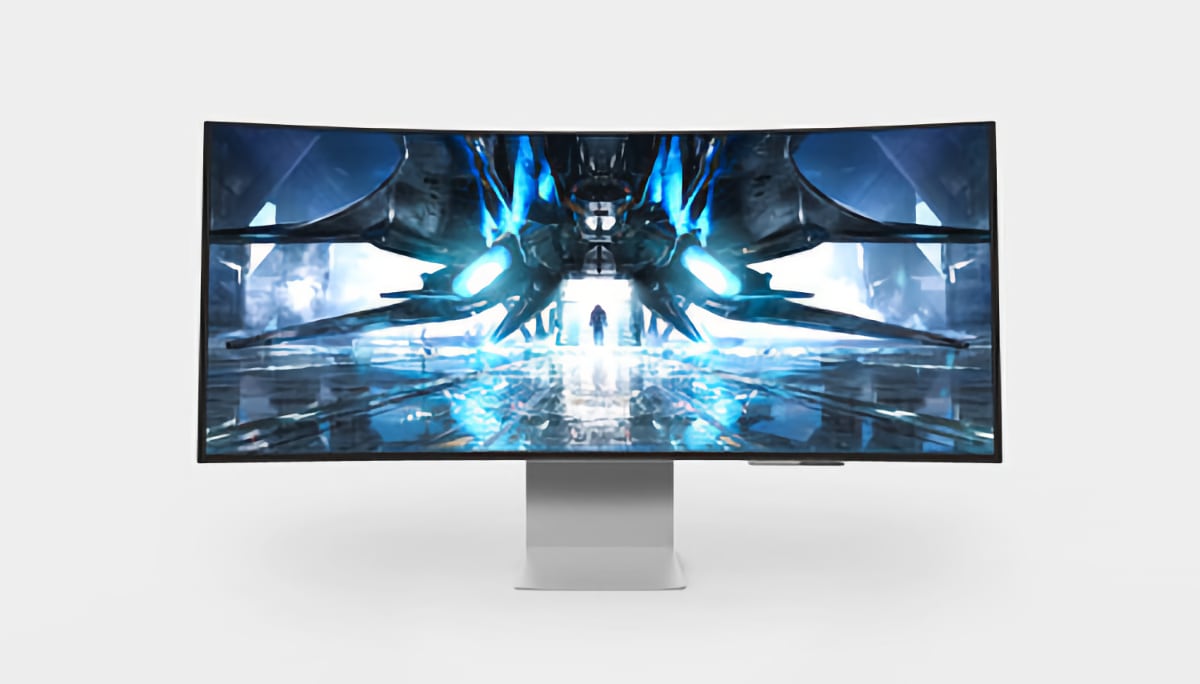The Importance of Variable Refresh Rate for Video Games - Is it Worth it
The Importance of Variable Refresh Rate for Video Games - Is it Worth it?
Over the years, fans of video games on home devices have not known the idea of a variable refresh rate, as the frame rate in games on home devices is fixed in most games, either 30 frames or 60 frames, but why these values in particular and what does it have to do with the screen refresh rate? What is the idea of Variable Refresh Rate and is it useful for video games? Well we have to explain some ideas first in order to answer these questions.
In the beginning, most screens operate at a refresh rate of up to 60 Hz, this means that the screen is able to update the values of pixels in the image 60 times per second, so game developers balance the performance in their games until they send 60 frames per second to the screen, the screen displays These tires have a fixed period of time between each tire and tire, which gives a feeling of smoothness and stability of performance. How long is this period of time? Well, one second is a thousand milliseconds, a thousand milliseconds/60 gives us 16.6 milliseconds, so this is the magic frame-by-frame rendering value that developers strive hard to target in their games.
This is the very important point, for many years we have been seeing players debating the importance of increasing the frame rate and that the human eye, as many claim, cannot notice anything above a certain value, and we say that this is not the only importance and we do not know how true it is This assumption scientifically, the great importance that comes with a higher frame rate is to reduce the time between frame and frame and this thus makes the game able to execute player commands faster with faster input lag.
However, 30 frames is possible on TVs because it halves the refresh rate with a time period of about 33 milliseconds, meaning that only one frame is displayed when the screen is refreshed twice. Dear reader, you can think of it this way: if you press a button, the result will not appear in front of you until 33 milliseconds pass each time compared to 16.6 milliseconds when playing at 60 frames, and this frametime is the reason for the big difference In the smoothness of the experiment between the two. For this reason, it was not preferable for video games in the past to present 40 or 50 closed frames because it will lead to irregular time interval between frame and frame as 60 is not divisible by 40 or 50, and this means that the feeling of playing will not be fixed, but rather uncomfortable.
Another problem that has emerged in PC games is that the frame rate is completely open, and the reason for this is very simply that every user has different hardware from the other, and the game works according to the capabilities of each hardware. Some devices run faster than 60 frames, and if the game goes to a frame rate higher than the screen’s ability to update, the information overlaps with each other, resulting in the famous effect that we know as screen tearing. The solution that game developers initially came up with is to launch a feature in games Called V-Sync, this feature prevents the game from rendering frames above the refresh rate of the screen and solves the problem of screen tearing, but it causes another problem! Every time the game fails to run at 60 frames and misses the screen refresh, it has to wait for the next update, i.e. two frames refresh period which is 33 milliseconds as we mentioned earlier, this means that the frame rate is below 60, even if it is only 59 frames, It gives the feeling that the game is running at 30 frames at that moment!
The radical solution came to us through the so-called Adaptive Sync and Variable Refresh Rate, which is being implemented either by AMD's open technology FreeSync, as is the case with new home devices, or by G-Sync from Nvidia, which supports its graphics cards. These technologies coincided with high screen rates. It is very normal for a gaming computer screen to come with a refresh rate of more than 144Hz, and even mid-range TVs now support 120Hz refresh rate as well. What exactly does this technology do?
The idea is that the screen refresh rate does not depend on a fixed time value such as 16.6 milliseconds or 33 milliseconds, the screen does not update the image 60 times per second, but simply syncs between the frame rate and the screen refresh rate, the screen receives the frame and image information Via cable and it only refreshes when it receives this information, and does not update again until it receives the next frame information, this synchronization completely eliminates the sense of performance fluctuation first, the performance will remain smooth at all times as long as the frame rate is high enough to provide a good gaming experience Second, it eliminates the problems of image tearing and movement weight, and secondly, it allows developers to fix performance to different values or even offer an open frame rate without the player feeling fluctuating in performance.
Depending on the numbers we used, the screen or TV needs about 8.3 milliseconds to display 120 frames on the screen, so the importance of rendering 120 frames in a video game is not the ability of the eye to see the frames or not, but rather to reduce the time between frames And frame and thus reduce the input lag, reducing the input rate leads to the feeling that the game is more smooth, and yes we can see the difference between the two clearly. This also means that any monitor or TV that does not have a response speed (the speed of changing the color of the pixels on the screen) of 8 milliseconds cannot provide a true 120 frame experience because it is not fast enough to display 120 frames on the screen and in the same way any screen Operating at 240Hz it should be able to refresh the image at 4ms to deliver a true 240 frames experience.
Given that screens live for a long period of time, we advise our valued readers who want to buy a TV or monitor for new generation devices to look for a monitor that supports variable refresh rate and works at a speed of at least 120 Hz. This is not an absolute necessity for a home device because games on home devices work most of the time with a stable performance, but the feature is present in new generation devices and some games have begun to benefit from it, so it is better for the user to be able to use it as well, and on the other hand, the feature is of course essential It is absolutely pivotal for gaming on the PC, and we can say with confidence that playing on the PC without it does not provide a smooth experience due to the fluctuation and uneven performance, but with the variable refresh rate and very high frame rate, the smoothness is unmatched as long as the frame rate is relatively high and the frame rate is relatively high. The little input is by a large and tangible difference at high frame rates over the input rate that is achieved with 60 frames, without talking about reducing motion blur to become very pure.
The variable refresh rate is a must and essential for the personal computer, and it is not necessary for home devices at the present time, but it is desirable and we see no reason to abandon it if possible, as we mentioned that TVs live for a long time with users, and some may keep them for more than 10 years. In general, the variable refresh rate provides the most enjoyable and smoothest gaming experience, especially with a high frame rate, and we would like to point out that not synchronizing the frame rate with the screen refresh rate leads to a feeling of uneven performance even if the frame rate fluctuates between 150 and 200 frames For example, but when synchronizing, the feeling of disparity disappears completely. The video game experience is primarily an interactive experience and its quality depends a lot on the player's ability to sense the experience and how well the game responds to his instructions, and syncing the refresh rate enhances this interaction by making it smoother. Screen refresh rate syncing is one of the best innovations in the world of video games.


No comments